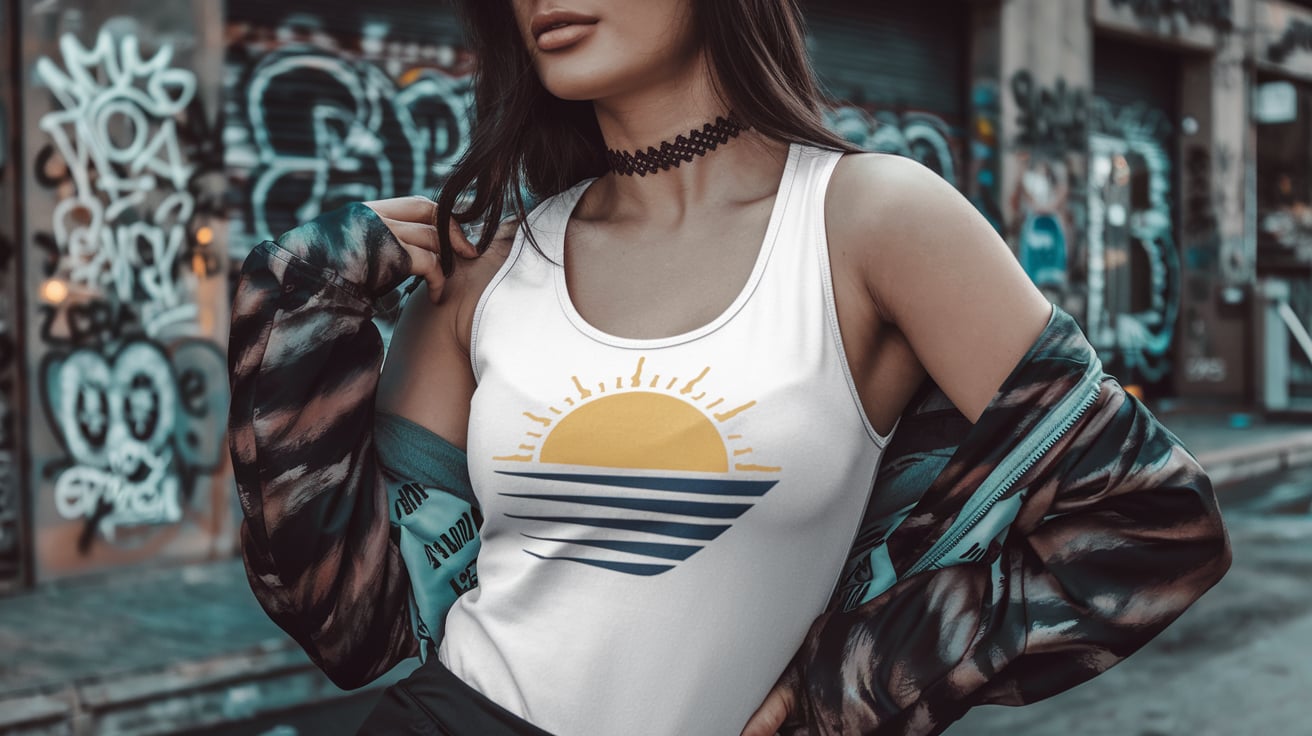Currently Empty: $0.00
Introduction
Fashion in 2025 exists within a dynamic landscape defined by volatility, innovation, and disruption. The traditional cycles of seasonal trends and predictable silhouettes have dissolved into a more fluid expression of identity, values, and culture. This moment of flux is not chaotic but rich with creative potential—an era where uncertainty fuels reinvention and ambiguity becomes a canvas for personal and collective expression. This exploration of fashion’s uncertain present reveals how the industry is adapting, reacting, and evolving to meet the moment.
The Collapse of Conventional Seasons
In past decades, fashion revolved around structured seasonal collections: spring/summer and fall/winter dominated calendars. But in 2025, those temporal boundaries have faded. The rise of climate unpredictability, globalized markets, and direct-to-consumer platforms has rendered seasonal drops less relevant. Instead, collections are released continuously, often driven by cultural moments or social movements rather than meteorological markers. Consumers seek versatility rather than seasonal specificity, resulting in a wardrobe model built on layering, adaptability, and timeless appeal.
Unstable Economies and the Democratization of Style
As global economies experience turbulence, consumer habits shift accordingly. Luxury brands once focused solely on exclusivity are now exploring affordability and accessibility without compromising quality. Emerging designers utilize crowdfunding, digital storefronts, and modular production to challenge traditional retail models. Fashion is no longer only about aspiration—it’s about connection and contribution. Communities rally around brands that echo their realities, using clothing to express resilience, hope, and change in the face of economic unease.
Personal Style as a Form of Emotional Navigation
The uncertainty of the world has prompted individuals to seek stability through their wardrobe. Clothing serves as armor, comfort, and a reflection of inner emotional states. In 2025, personal style is less about aesthetics and more about psychological wellbeing. People wear clothes to self-soothe, to feel grounded, or to project optimism. Soft textures, fluid silhouettes, and calming color palettes dominate. At the same time, bold expressions emerge—statement pieces that scream for change, vibrancy, and rebellion.
The Rise of Transitional Materials and Design
Designers are embracing uncertainty by focusing on transition-friendly materials and multifunctional garments. Fabrics that adjust to weather changes, clothing that can be styled multiple ways, and pieces that morph between casual and formal are now mainstream. Innovation meets uncertainty with garments built for transformation: jackets that convert into bags, dresses that adapt to body changes, and ensembles that shift through modular components. The result is a flexible wardrobe ready for any occasion or circumstance.
Technology as a Catalyst for Fluid Fashion
In 2025, fashion’s future is deeply intertwined with technology. AI-generated designs, virtual try-on features, and augmented reality runways redefine how people shop, share, and create. Blockchain ensures authenticity in a market full of counterfeits. Meanwhile, the rise of digital fashion in metaverse environments offers new ways to experience clothing without physical limitations. Avatars wear garments coded to react to mood or motion, echoing the uncertainty of real life with shifting aesthetics.
A New Era of Cultural Crosscurrents
Fashion in flux is inherently multicultural. In a hyperconnected world, the borders that once separated stylistic influences have faded. African prints meet Japanese tailoring; South American textiles are fused with Nordic minimalism. This stylistic fusion reflects not only globalization but also a desire to find meaning through blended traditions. The uncertainty of identity is embraced, and the result is a beautiful amalgam of shared creativity that transcends borders and binaries.
Sustainability Amid Instability
The climate crisis adds an urgent layer to fashion’s unpredictability. Brands are being held accountable by informed consumers demanding transparency and long-term thinking. Circular design models, rental platforms, and repair economies are rising in popularity. Uncertainty has bred responsibility: slow fashion is no longer niche but essential. Labels now focus on upcycled materials, regenerative agriculture for fibers, and full lifecycle awareness. Consumers are increasingly drawn to pieces that promise longevity—not just stylistically, but environmentally.
Gender Fluidity and the Deconstruction of Norms
2025 fashion embraces a spectrum beyond binary gender. Fluidity is not a trend but a cultural shift that honors diverse identities. Designers deconstruct traditional menswear and womenswear categories, offering collections that speak to everyone. Silhouettes are deliberately ambiguous, encouraging experimentation and challenging conventional norms. As society continues to unravel rigid roles, fashion provides a powerful tool for visibility, inclusion, and self-exploration.
Emotionally Intelligent Fashion
With technology progressing, garments in 2025 can now respond to emotional cues. Through biometric sensors, fashion pieces detect stress, joy, or fatigue, adjusting temperature or visuals in real time. These emotionally responsive garments foster connection and empathy, enabling wearers to feel seen and supported. It’s a union of science and sentiment, allowing people to externalize their inner experiences through clothing in ways once reserved for imagination.
Fashion Education for an Uncertain World
Educating the next generation of designers requires a new curriculum. In 2025, fashion schools focus not only on aesthetics and technical skills but also on philosophy, psychology, and futurism. Students learn to create in unpredictable environments, to design for people’s mental and emotional needs, and to build brands with purpose. Interdisciplinary collaboration becomes the norm, merging design with ethics, tech, and sociology to produce designers who can navigate and shape a shifting world.
Conclusion
Fashion in flux is not fashion in crisis. It is fashion in bloom, sprouting from the cracks of convention and uncertainty. 2025’s beautiful unpredictability has birthed a wardrobe that is fluid, responsive, and reflective. As trends become less about conformity and more about personal resonance, the industry is evolving into a mirror of humanity’s emotional and cultural complexity. In this era of ambiguity, fashion becomes more than fabric—it becomes a living, breathing response to the world around us.

